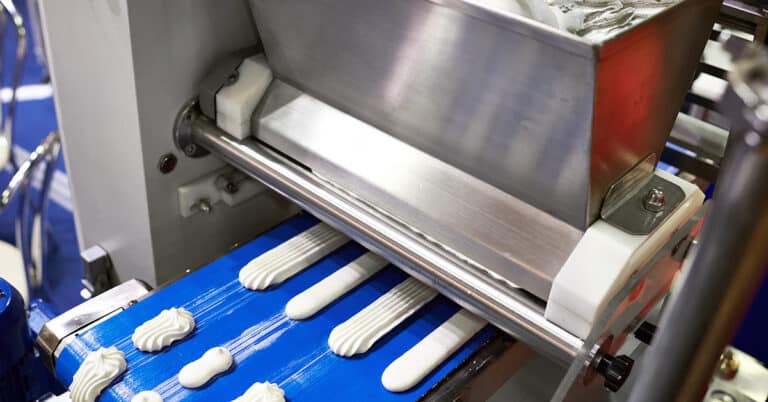Compared with the world just 20 years ago, digital transformation has brought with it numerous benefits in nearly every area of our lives. Consider the big picture benefits that today’s digital landscape provides for everyday tasks — speed, convenience, access, productivity, knowledge and connection.
For example, think of the process of buying a new appliance, such as a microwave oven. In the not-so-distant past — say, 15 years ago — this commonplace task would require numerous steps carried out at myriad locations: Perhaps you would visit a showroom or store to assess the options and features available and take some notes on what you liked. Then, you might return home, sit down at your desk, and look up reviews on your computer. Once you had a better idea of the model you wanted, you might call local stores to check prices and availability — since that information wasn’t readily provided online. You would then drive to the store, purchase the appliance and head home. Today, that process can be completed in minutes from a hand-held device. You have even more information to assist in your decision, and a totally seamless process facilitating research and ordering without leaving your couch — let alone your home.
Consumers today have come to expect this seamless experience, with any extraneous steps or friction points viewed as an inconvenience. The realities of CPG manufacturing mean that margins are thin, newfound efficiencies are difficult by which to come, and metrics such as uptime and overall equipment effectiveness (OEE) must be continually monitored and optimized to maintain viability. The potential benefits of digital transformation in CPG can apply to all these areas and more, which is why it is critical for CPG companies to begin taking these steps.
Why must digital transformation in CPG occur?
When we expound upon the realities of CPG manufacturing, we are discussing process, bulk manufacturing of high-demand products, such as toiletries, packaged foods and beverages, cosmetics, dry goods, and the like. Demand for these products is such that production is occurring at maximum capacity — around the clock. Productivity and output cannot be amplified by simply increasing production time, so efficiencies must be identified elsewhere to remain competitive and profitable.
This is where embracing CPG digital transformation can be most valuable. Keep in mind that true digital transformation means the difference between “doing digital” and “being digital,” as professional services company Deloitte describes it in a report on the state of digital in CPG. Essentially, “doing digital” means investing in the technology that can enable digital transformation, while “being digital” means creating and implementing the right strategies and tactics to use that technology most effectively.
Fully committing to a digital transformation can provide companies with a newfound edge on the competition, while setting them up for continued success by optimizing maintenance and reliability to maximize uptime, performance and efficiency to meet demand.
Benefits of digital transformation include:
- Increased insight into processes: Gain unprecedented amounts of data about equipment performance indicators and health metrics — enabling process optimization, predictive maintenance, productivity and quality improvements, and more.
- Supply chain benefits: A fully committed digital transformation can integrate with internal and external supply chain functions to yield vast improvements in flexibility and reliability — creating pricing benefits, inventory improvements, and an overall more effective and resilient supply chain.
- Reduced maintenance costs: By embracing technology such as industrial sensors and data analytics software, CPG facilities can revolutionize their maintenance processes with tactics such as predictive maintenance. This is a data-based approach that reduces or eliminates unplanned downtime and allows for more effective maintenance planning and scheduling. In a sector where productivity often appears to be maxed, predictive maintenance can make all the difference in uncovering new cost savings.
- Increased connection with consumers and the way they shop: As the consumer experience becomes increasingly digitally oriented, CPG manufacturers that lag on the technology front will invariably be overlooked. With CPG products in higher demand than ever, and the buying landscape shifting, digital transformation can help manufacturers remain nimble and responsive to maintain their competitive edge.
ATS offers a wide range of technology-driven maintenance solutions designed to meet the specific needs of CPG companies through their journey of digital transformation. For more information, contact ATS today.






